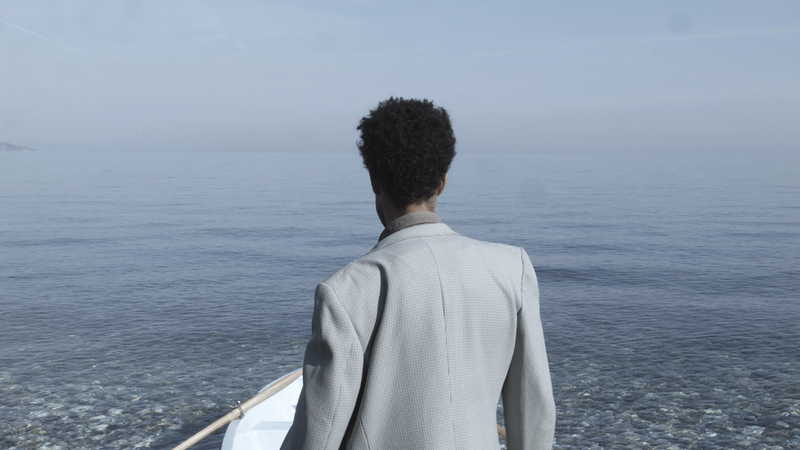In the Nordic art magazine Kunstkritikk, Stockholm-based artist and curator Santiago Mostyn reflects on how the Swedish national attitude of “exceptionalism” affects what does and does not get shown and discussed in the Swedish art world. Mostyn describes this attitude as a belief that the country has always been above problems of racism, discrimination, and oppression that plague other countries. Mostyn demonstrates that this is far from true, and argues that in the Swedish art world, this attitude manifests as an elitist, conservative resistance to “a social landscape in flux.” Here’s an excerpt:
In 2018, I was invited to co-curate the Moderna Exhibition, Moderna Museet’s quadrennial survey of contemporary art in Sweden, and it felt like a rare platform for someone like myself: an émigré, a first-time curator, and an artist with just a few years of local visibility. It was a platform that came, as I saw it, with a great deal of responsibility to present an exhibition context that spoke to the realities of a society in flux, and to art’s ability to engage with these realities on its own terms.
And while the exhibition was widely celebrated as having “a combative spirit” or being “existentially affecting, even sensual and poetic,” it was also criticised for apparently hewing too closely to the new norms of contemporary art – meaning, in this case, that decolonial or norm-critical perspectives informed the exhibition outcome. It’s an odd critique, but it highlighted the need to clarify certain positions both within and in response to the project, and to situate these responses in a broader cultural and historical context, one that acknowledges the blind spot of Swedish exceptionalism.
Image: A Still from the video Citizen (2015-17) by Santiago Mostyn. Via the artist’s webpage.
